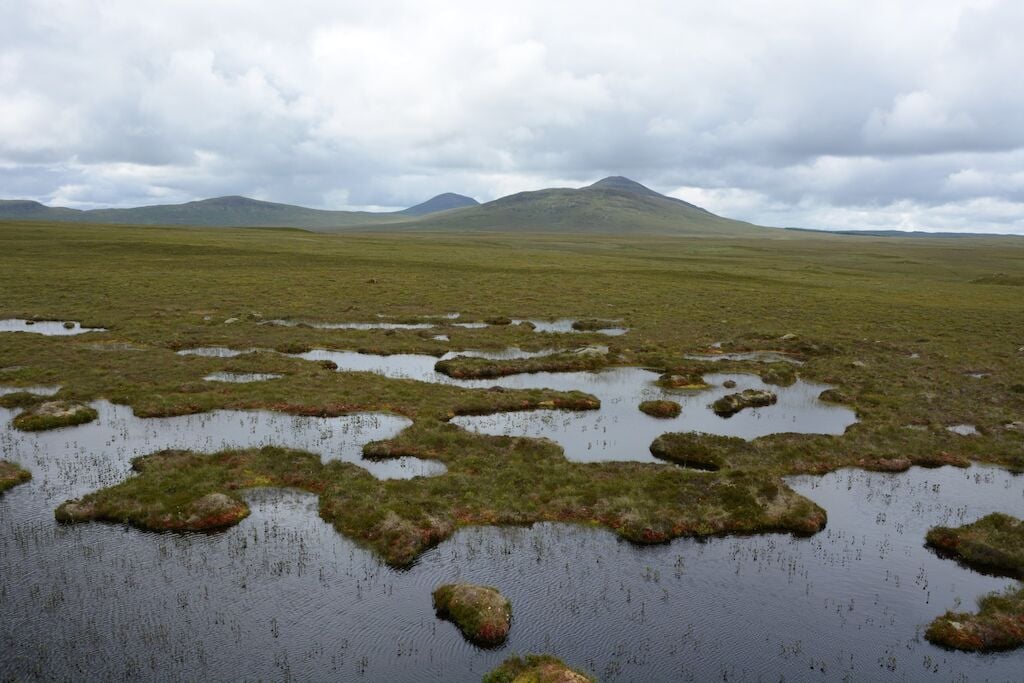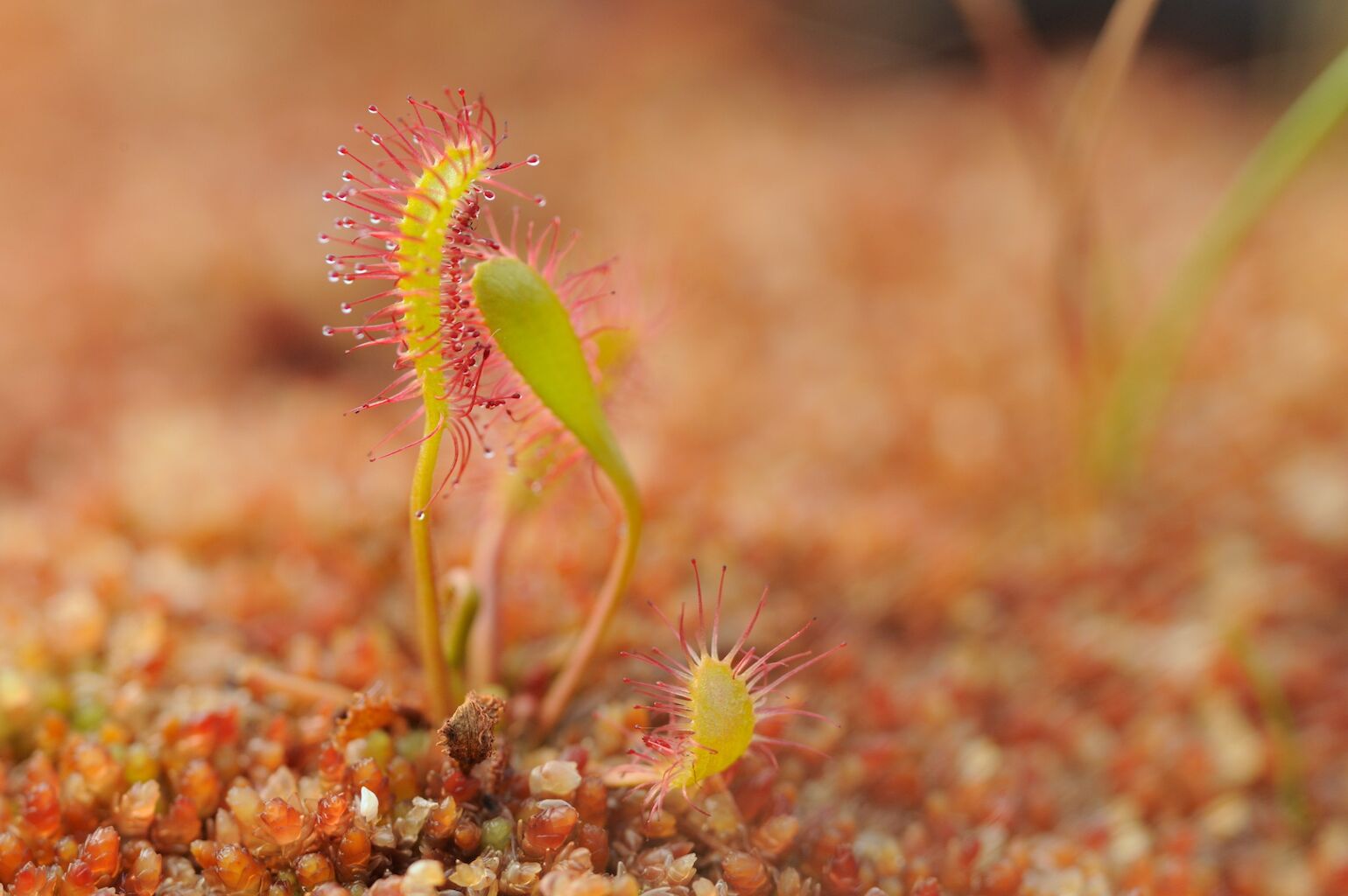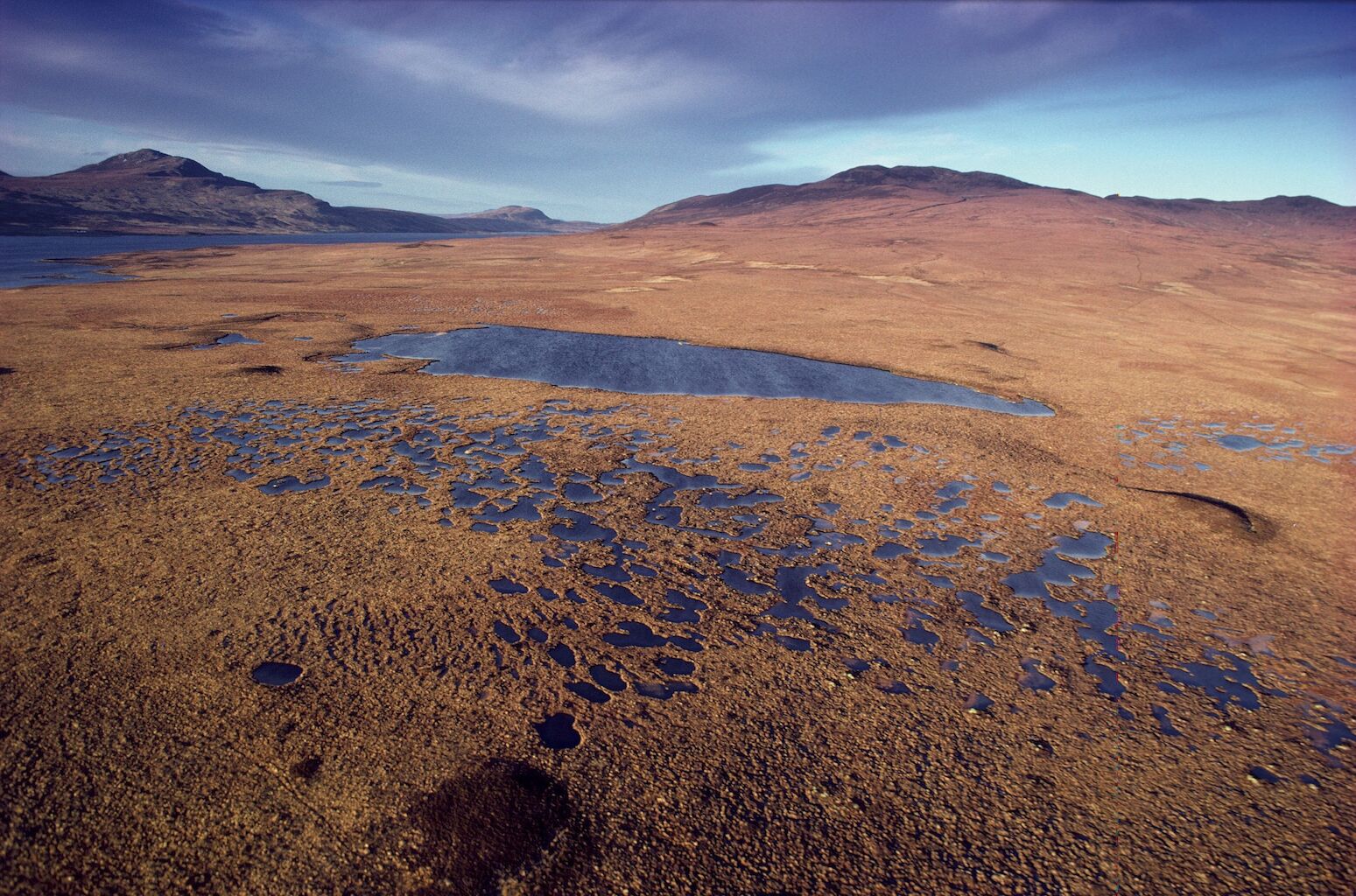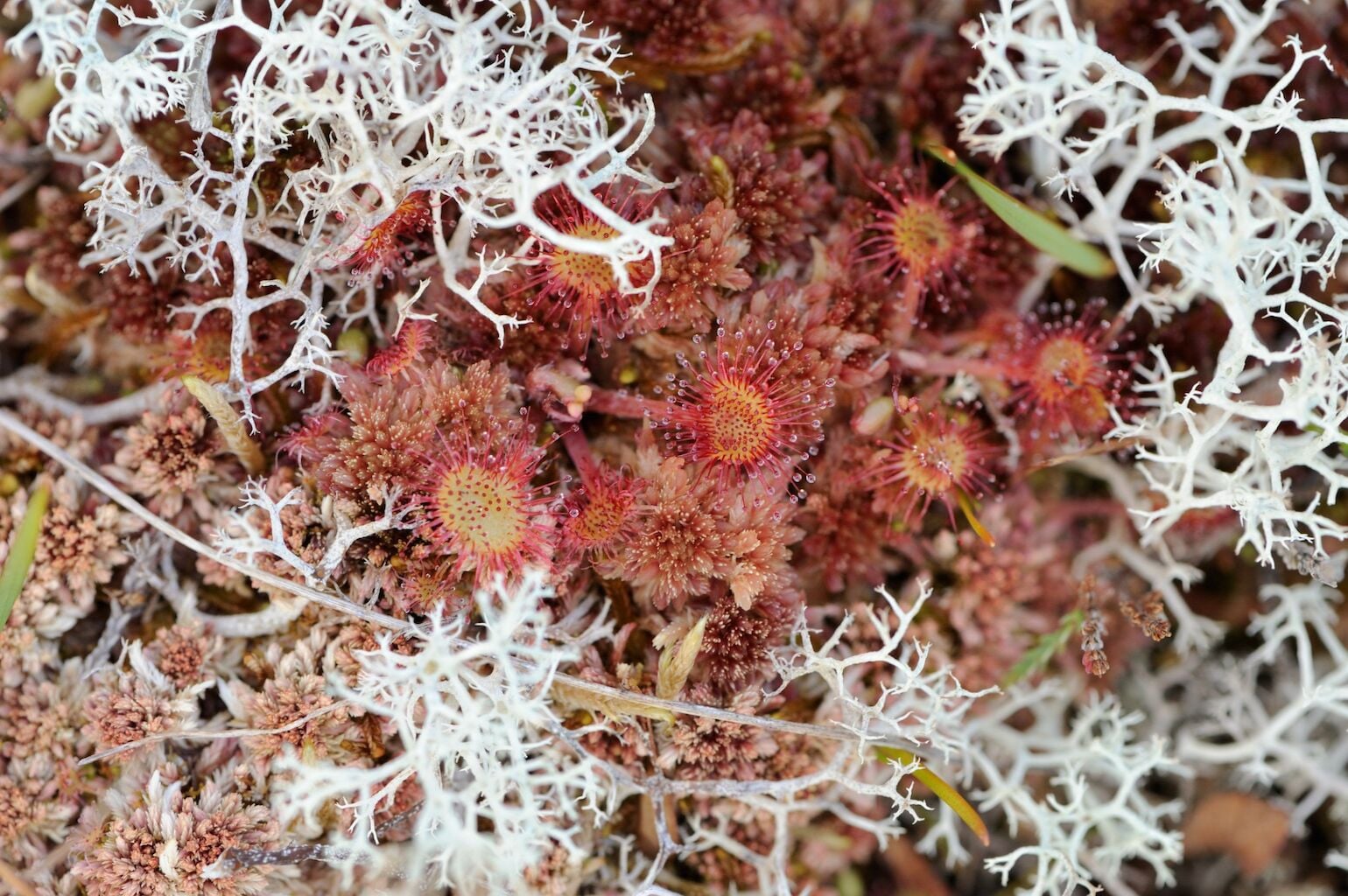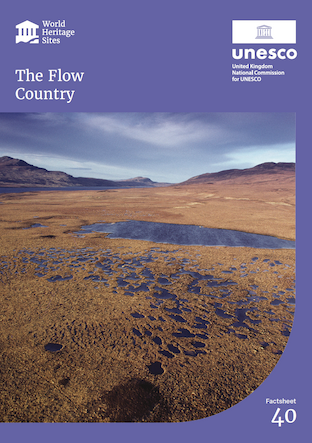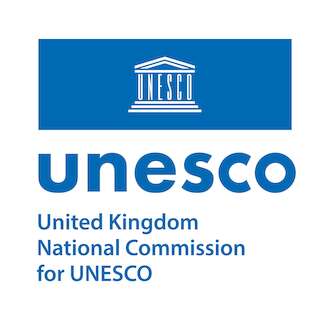The Flow Country
The Flow Country, in Caithness and Sutherland, in the far north of mainland Scotland, is widely considered to be the largest, most intact area of blanket bog in the world. Blanket bog itself is a globally rare habitat confined to relatively few locations in the world. The wider peatland area covers about 4,000km2, with The Flow Country World Heritage Site covering 1900km2 of that. Together with associated areas of heath and open water, The Flow Country is of international importance as a habitat, and for the diverse range of rare and unusual breeding birds it supports. The site encompasses an exceptionally wide range of vegetation and surface pattern types, including numerous pool systems.
What makes this UNESCO Designation special?
The Flow Country - the world’s first peatland World Heritage Site - encompasses an exceptionally wide range of vegetation and surface pattern types, including numerous pool systems. Such features are usually rare and localised but in The Flow Country they are widespread, and a high proportion of the ground remains undisturbed. The range of mire types varies from those of the lowland Caithness plain in the east, through to those of the mountainous oceanic west.
This extraordinary area contains extensive areas of active blanket bog, where Sphagnum bog mosses and other bog plants ensure continuing peat accumulation, and occur in intimate association with a range of open water, wet heath, grassland and fen communities. The ongoing ecological peat-forming processes sequester carbon on a very large scale and The Flow Country has an extensive record of peatland accumulation, over the last 9000 years, with peat thicknesses which reach over eight metres in places.
This natural environment provides the diversity of habitats necessary to support a wide range of wetland and moorland species. Of particular importance are the birds, many of which are typically northern species found here towards the southern limit of their range. These include red-throated diver, black-throated diver, golden plover, greenshank, golden eagle, merlin and short-eared owl.
The Flow Country is a key site in developing our understanding of a wide range of peatland issues, from the ecology of individual species and changes in their population over time, to greenhouse gas fluxes and the role of such habitats in climate change mitigation.
The Flow Country - the world's first peatland World Heritage Site - encompasses an exceptionally wide range of vegetation and surface pattern types, including numerous pool systems. Such features are usually rare and localised but in the Flow Country they are widespread, and a high proportion of the ground remains undisturbed. The range of mire types varies from those of the lowland Caithness plain in the east, through to those of the mountainous oceanic west.
This extraordinary area contains extensive areas of active blanket bog, where bog moss Sphagnum and other bog species ensure continuing peat accumulation, occur in intimate association with a range of open water, wet heath, grassland and fen communities.
This natural environment provides the diversity of habitats necessary to support a wide range of wetland and moorland species. Of particular importance are the birds, many of which are typically northern species found here towards the southern limit of their range. These include red-throated diver, black-throated diver, golden plover, greenshank, golden eagle, merlin and short-eared owl.
The Flow Country is now a key site in developing our understanding of a wide range of peatland issues, from the ecology of individual species and changes in their population over time, to greenhouse gas fluxes and the role of such habitats in climate change mitigation.

